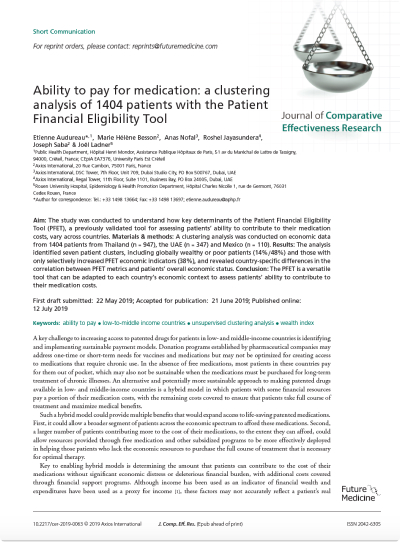TIERED COST SHARING
Access to treatment initiatives enables treatment costs to be shared between the patient, the pharmaceutical company, and potentially other parties, based on a patient’s ability to pay. Unlike bonus schemes, cost sharing enables patients to access their full course of treatment, and in turn, maximize their medical outcomes. ON-TIME ACCESS
Axios’ On Time Access (OTA) model complements Axios-managed Patient Assistance Programs by not only improving affordability, but also ensuring patients can begin treatment without delay and stay on treatment. Learn more here. CO-PAY SUPPORT
For patients who are partially reimbursed, some still struggle to cover the non-reimbursed co-pay for their medication. By supporting these patients by covering their co-pay via voucher, they are able to complete their full course of treatment as prescribed.ADDITIONAL MODELS
The above are examples of innovative access models used by Axios. At the stage of strategy development, the specific needs of a given patient group, country, product and disease area are considered to design customized access models to close the identified gaps. 









